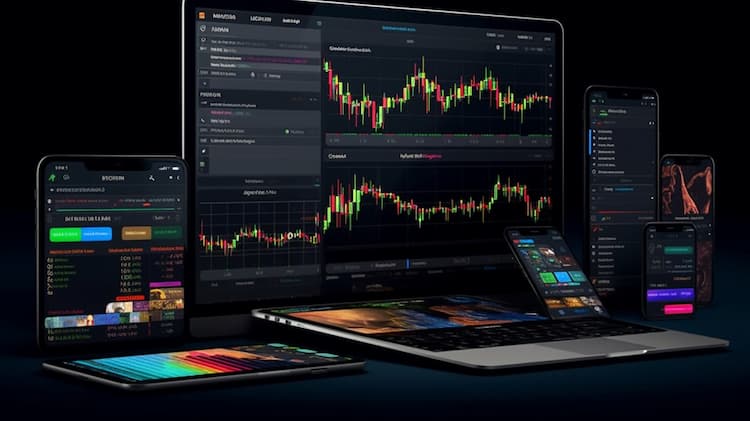
XLF VS PSCF
Exchange-Traded Funds (ETFs) have transformed the landscape of investing, offering a convenient and diversified way to gain exposure to various sectors and asset classes. In this article, we will conduct a comprehensive analysis of two prominent ETFs: XLF (Financial Select Sector SPDR Fund) and PSCF (Invesco S&P SmallCap Financials ETF). We'll delve into key aspects such as ETF tickers, full names, issuers, sectors, top holdings, capitalization, investment strategy, tracking methods, and exposure.
XLF Vs PSCF: Overview
XLF and PSCF are two ETFs that cater to different segments within the financial industry. XLF seeks to mirror the performance of companies in the financial sector of the S&P 500 Index, encompassing banking, insurance, and other financial services. On the other hand, PSCF targets smaller financial companies within the S&P SmallCap 600 Index. This divergence in focus results in distinctive risk-return profiles, a critical factor for investors to consider.
XLF Vs PSCF: Sectors and Top Holdings
The XLF ETF provides exposure to financial giants like JPMorgan Chase, Berkshire Hathaway, and Bank of America. PSCF, however, concentrates on smaller financial players, including regional banks, asset managers, and insurance firms. Evaluating the sectors and top holdings within these ETFs aids investors in discerning which aligns better with their investment goals and risk preferences.
 XLF overlap XLF VS PSCF
XLF overlap XLF VS PSCF
XLF Vs PSCF: Capitalization and Investment Strategy
XLF boasts a substantial Asset Under Management (AUM), underlining its popularity among investors seeking broad exposure to the financial sector's established leaders. PSCF, on the other hand, capitalizes on the growth potential of small-cap financial firms. The distinction in capitalization and investment strategy between these two ETFs can translate to varying levels of potential returns and risk, necessitating thorough evaluation.
XLF Vs PSCF: Tracking Methods and Exposure
XLF's objective revolves around tracking the performance of large financial firms in the S&P 500, while PSCF offers a window into the world of small-cap financials. The methods for tracking these indices differ; XLF mirrors the performance of the index constituents, while PSCF aims to mimic the small-cap financial sector. Grasping the nuances of tracking and exposure aids investors in selecting the ETF that aligns with their investment preferences.
Conclusion
XLF and PSCF represent two distinctive approaches to navigating the financial sector through ETFs. For those seeking a deeper understanding of holdings, correlations, overlaps, and other valuable insights, the ETF Insider stands as the ultimate tool. This user-friendly application empowers investors with a comprehensive view of these financial instruments and more.
Disclaimer: This article is intended for informational purposes only and does not provide investment advisory services.
Sources:
https://www.ssga.com/ XLF ETF issuer
https://www.ssga.com/us/en/intermediary/etfs/funds/the-financial-select-sector-spdr-fund-xlf XLF ETF official page
XLF quote and analysis
Discover the top holdings, correlations, and overlaps of ETFs using our visualization tool.
Our app allows you to build and track your portfolio.
To learn more about the XLF Financial Select Sector SPDR Fund, access our dedicated page now.
FAQ
Why is XLF better than PSCF?
XLF may be considered better than PSCF for some investors due to its specific focus, offering diversification.
Does PSCF beat XLF?
PSCF's performance relative to XLF will vary over time, depending on market conditions.
Should I invest in XLF or PSCF?
The choice between XLF and PSCF should align with your investment goals, risk tolerance, and desired exposure.
Are XLF and PSCF good investments?
Both XLF and PSCF can be suitable investments depending on individual investment strategies, goals, and risk profiles.
What is the correlation between XLF and PSCF?
The correlation between XLF and PSCF can vary over time, reflecting differences in performance.














